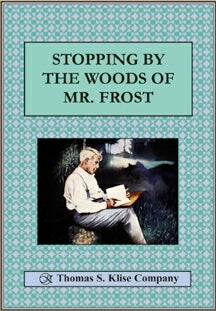 Sold out
Sold out
Stopping by Woods of Mr. Frost
Thomas Klise
To many, Robert Frost might come across as a lyricist of nature, a 20th century James Russell Lowell. His stubborn traditional form, however, often...
View full details Sold out
Sold out
To many, Robert Frost might come across as a lyricist of nature, a 20th century James Russell Lowell. His stubborn traditional form, however, often...
View full details Sold out
Sold out
This four-part series uses colorful and captivating artwork to introduce students to the important subject of mythology. The program includes the f...
View full details Sold out
Sold out
This program makes punctuation both interesting and accessible for learners of all ages. Through this lively, animated presentation, students learn...
View full details Sold out
Sold out
This program makes punctuation both interesting and accessible for learners of all ages. Through this lively, animated presentation, students learn...
View full details Sold out
Sold out
This program makes punctuation both interesting and accessible for learners of all ages. Through this lively, animated presentation, students learn...
View full details Sold out
Sold out
With this full-color, narrated program, users will find that plural forms can be easy to handle. The program features numerous games/puzzles, as we...
View full details Sold out
Sold out
Write letters that make Grandma proud. Impress your teacher with your lively essay. Earn an “A” on your next research paper. This program provides ...
View full details Sold out
Sold out
In this program, we provide clear definitions of antonyms, synonyms, and homonyms, with lots of examples of the contributions they make to the rich...
View full details Sold out
Sold out
In this program, we provide clear definitions of antonyms, synonyms, and homonyms, with lots of examples of the contributions they make to the rich...
View full details Sold out
Sold out
This package of 31 overhead transparencies is designed to help in teaching the eight parts of speech. The purpose of the program is to focus studen...
View full details Sold out
Sold out
This package of overhead transparencies is a supplementary program designed to help in the teaching of the correct formation of the paragraph. The ...
View full details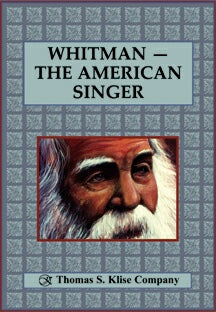 Sold out
Sold out
Walt Whitman was the first American to take the common experience of man as the very source of high poetry. His masterpiece Leaves of Grass is mor...
View full details Sold out
Sold out
Theater, as we know it, has existed for approximately 2,500 years. This superb production looks at the early Egyptian “passion plays,” the Dionysia...
View full details Sold out
Sold out
This cartoon-style unit addresses that elusive element known as “style.” Rather than presenting a dry listing of “general principles,” the program ...
View full details Sold out
Sold out
For too many students, learning the correct usage and placement of punctuation marks can seem an impossible chore. This popular six-part series tea...
View full details Sold out
Sold out
The impact of ancient mythology on modern thought and culture can hardly be overemphasized. And it’s no small wonder, for the world of mythology is...
View full details Sold out
Sold out
The impact of ancient mythology on modern thought and culture can hardly be overemphasized. And it’s no small wonder, for the world of mythology is...
View full details Sold out
Sold out
The impact of ancient mythology on modern thought and culture can hardly be overemphasized. And it’s no small wonder, for the world of mythology is...
View full details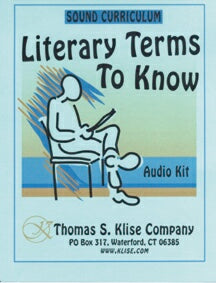 Sold out
Sold out
In this program, students will review twelve individual lessons on the basic terms in literature including plot, setting, theme, character, conflic...
View full details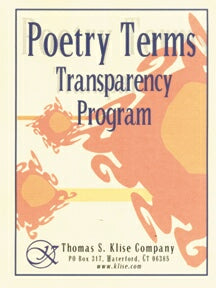 Sold out
Sold out
For the teacher of poetry, this transparency program will bring the most commonly used terms into focus. Each transparency defines a term, gives co...
View full details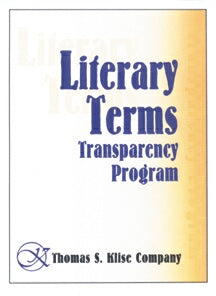 Sold out
Sold out
Here we explain the most common literary terms encountered in typical units of poetry, short story, novel, and drama. Terms for poetry classes incl...
View full details Sold out
Sold out
The English Fun Factivities curriculum guide represents a compendium of over 500 in-class activities, discussion topics, research projects, and cro...
View full details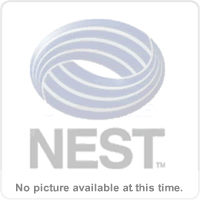 Save 8%
Save 8%
William Wordsworth is the greatest figure of the Romantic Age in English literature, and ranks with Chaucer, Shakespeare, and Milton as one of the ...
View full details Sold out
Sold out
This program provides an in-depth discussion of the four basic types of point of view: omniscient, limited omniscient, first person, and objective....
View full detailsCopyright © 2025 Nest Learning.
